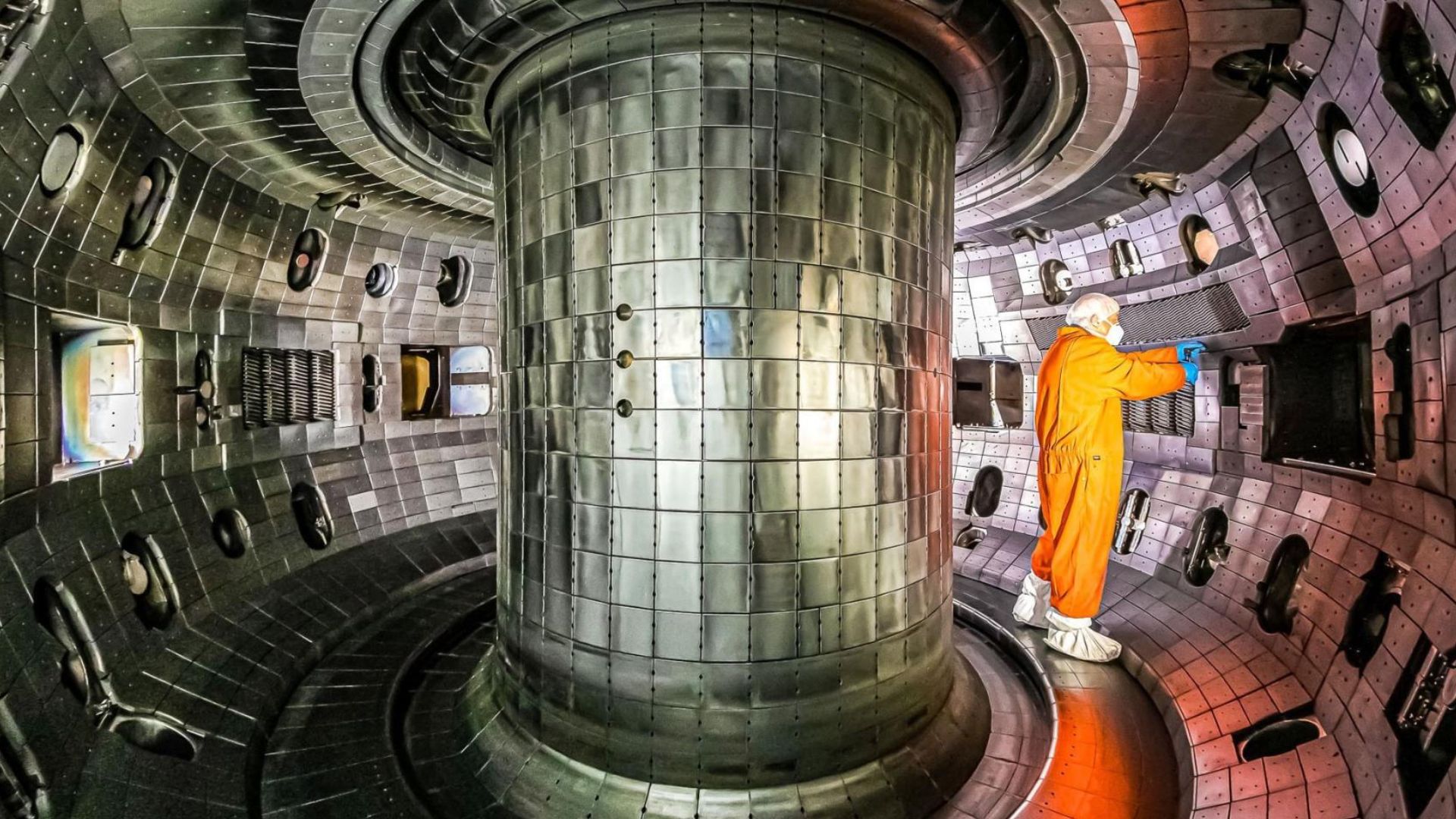Scientists at the DIII-D National Fusion Facility are investigating a different approach to tokamak operation that has yielded promising results for the design of future fusion power plants.
Recent experiments have demonstrated that a plasma configuration known as “negative triangularity” can achieve the high-performance conditions necessary for sustained fusion energy, while also addressing a critical challenge related to heat management inside the reactor.
In 2023, the DIII-D facility conducted a dedicated experimental campaign to assess this operational method.
The findings show that negative triangularity plasmas can produce stable conditions that meet and, in some cases, exceed the requirements for future fusion pilot plants.
These results are notable because the fusion community had previously projected that this plasma shape would be less stable than conventional approaches.
Altering cross-sectional shape of plasma
Tokamak devices are central to fusion energy research. They use powerful magnetic fields to contain and shape plasma—a state of matter where atoms are heated to extreme temperatures, causing them to separate into ions and electrons.
The goal is to harness the energy released when these atomic nuclei fuse together. To make a fusion power plant economically viable, a tokamak must simultaneously achieve high plasma pressure, current, and density, all while effectively confining the heat.
The negative triangularity configuration alters the cross-sectional shape of the plasma from the conventional “D” shape to an inverted “D,” with the curved portion facing the tokamak’s inner wall.
In the DIII-D experiments, this shape demonstrated unexpectedly low levels of instability. Researchers were able to achieve high pressure, density, and current concurrently, and observed that the plasma’s heat confinement was very good under these conditions.
Conjunction with ‘divertor detachment’
A significant challenge in tokamak design is the core-edge integration issue. This refers to the difficulty of maintaining a sufficiently hot plasma core, where fusion reactions occur, while keeping the plasma edge cool enough to prevent heat from damaging the interior walls of the device. The negative triangularity experiments offered a potential solution to this problem.
For the first time, researchers operating with a negative triangularity shape achieved high plasma confinement in conjunction with “divertor detachment.”
This condition creates a cooler boundary layer that reduces the amount of heat and the electron temperature at the material surfaces. This was accomplished while maintaining an instability-free plasma edge, suggesting an integrated solution for the core and the edge.
Scientists are now using advanced simulation tools to study these divertor conditions more closely, which will help them confidently extrapolate the findings to future fusion power plant designs.’
Better suppression of plasma instabilities
“These features collectively indicate the promising potential of negative triangularity and support further investigation of this regime for development as a fusion pilot plant design,” concluded the researchers in a press release.
The advantages of negative triangularity include better suppression of plasma instabilities, which cause the expulsion of particles and energy. This can also help reduce damage to the tokamak wall, which is a concern in fusion reactors.
Earlier, in January this year, SMART (Small Aspect Ratio Tokamak), the world’s only fusion reactor with ‘negative triangularity’ constructed at the University of Sevilla in Spain, produced its first plasma.
